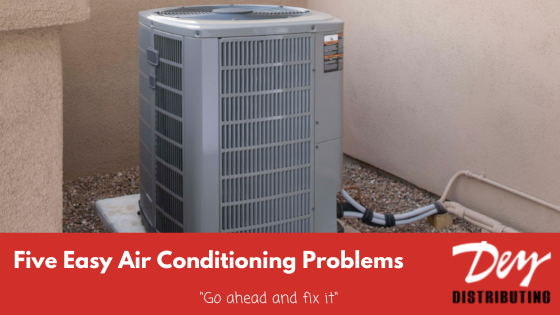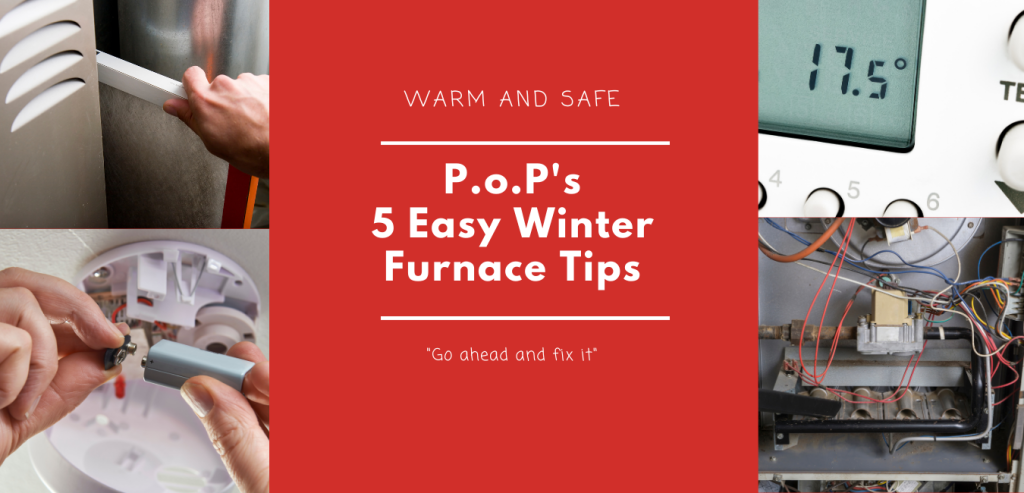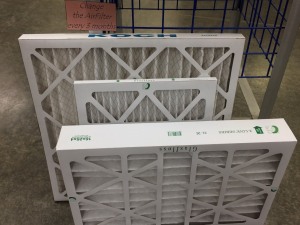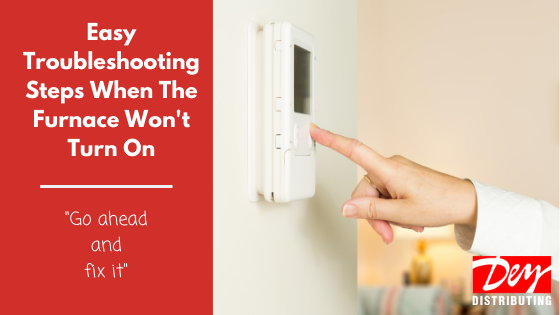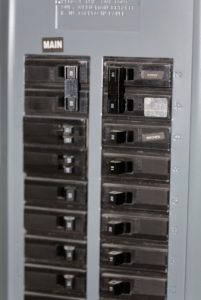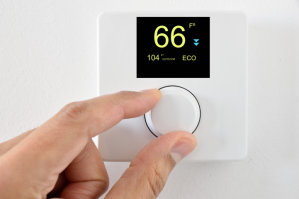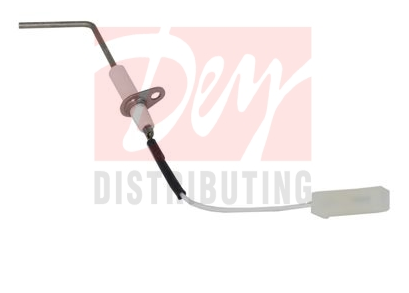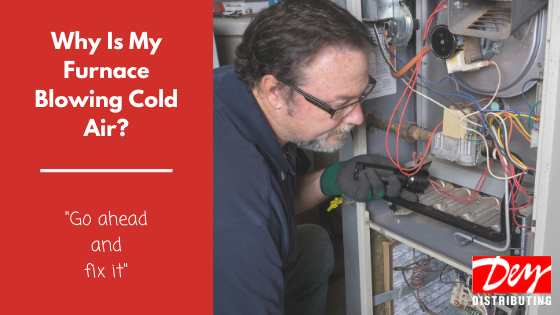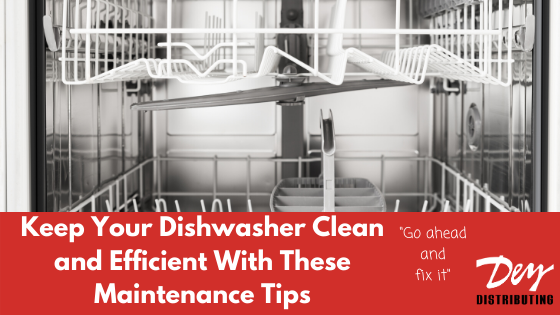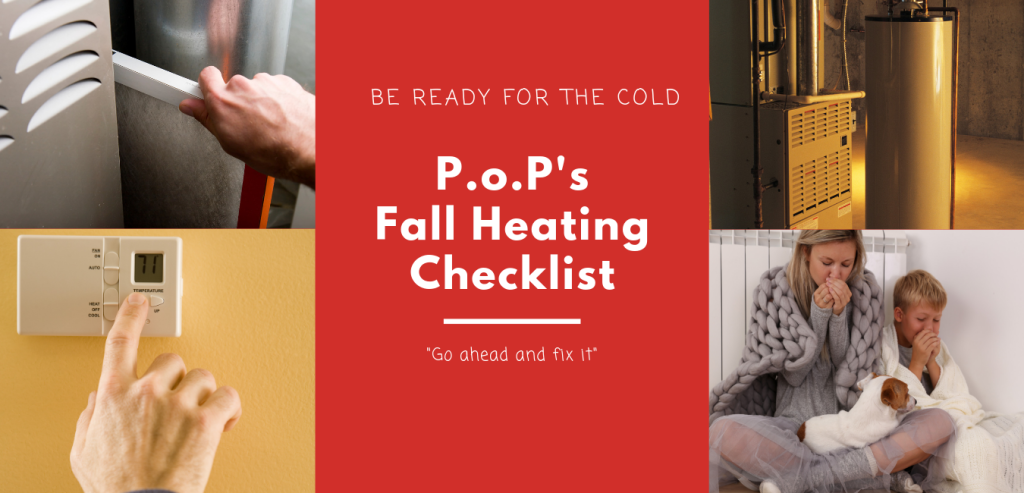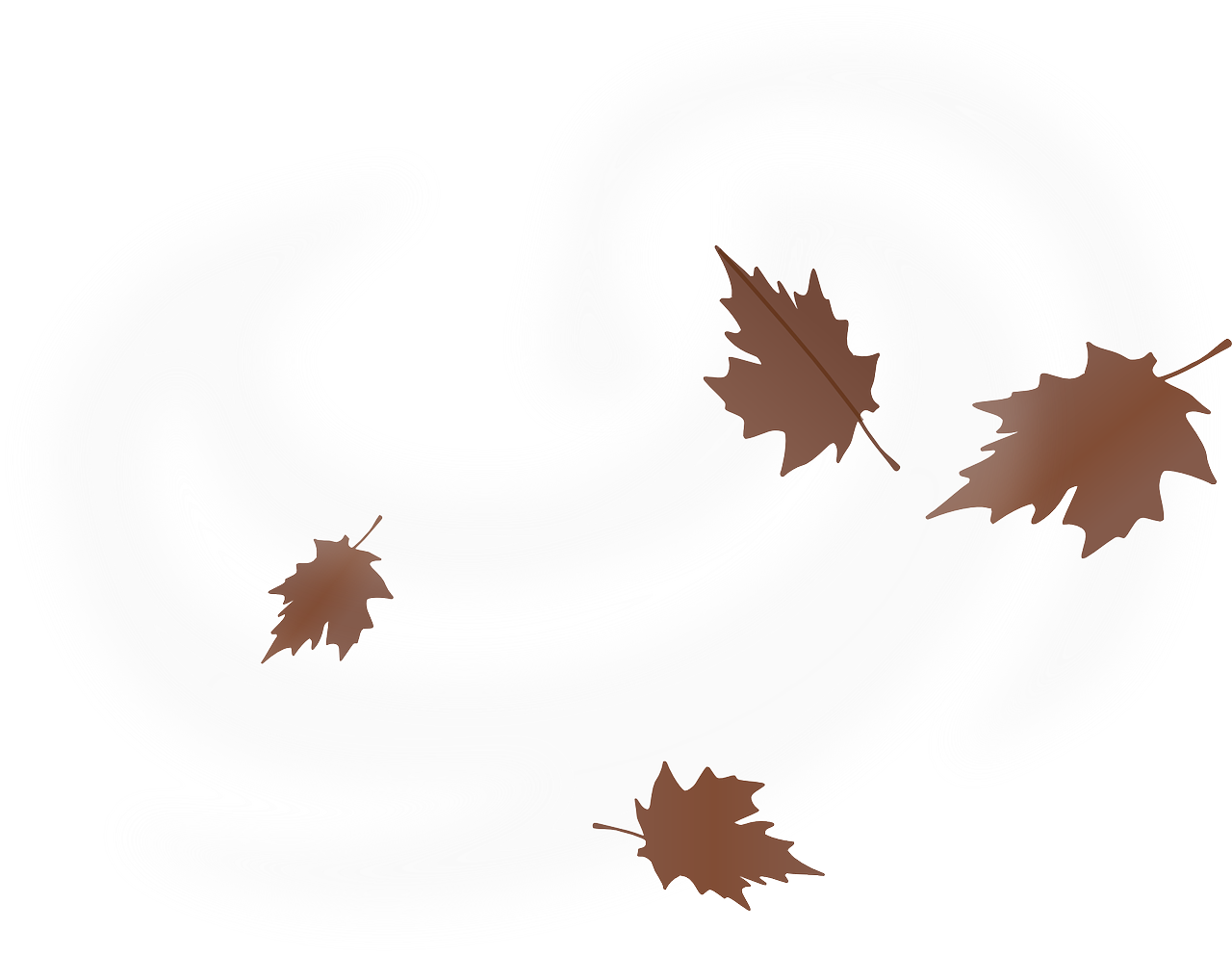
As the holiday season approaches, many of us eagerly anticipate the joy of Thanksgiving – a time for family, gratitude, and, of course, a bountiful feast. One essential element of the Thanksgiving feast is the oven, the heart of the kitchen where the magic happens. To ensure a seamless and delicious Thanksgiving dinner, it’s crucial to prep your oven in advance. In this DIY guide, we’ll walk you through the steps to make your oven Thanksgiving-ready.
Step 1: Clean and Declutter
A clean oven is a happy oven, and a happy oven makes for a happy chef! Start by removing any lingering crumbs, spills, or debris from previous cooking adventures. There are a variety of options available to help clean the oven and make this task a breeze. Don’t forget to remove the oven racks for a thorough cleaning; they can be soaked in warm, soapy water and scrubbed clean.
Step 2: Check the Seals
A well-functioning oven seal is essential for maintaining the right temperature and ensuring even cooking. Inspect the gasket around the oven door for any signs of wear or damage. If you notice issues, consider replacing the seal to prevent heat from escaping, which can affect your cooking times and results.
Step 3: Calibrate the Temperature
Accurate oven temperature is crucial for cooking your Thanksgiving dishes to perfection. Invest in an oven thermometer to check the accuracy of your oven’s temperature settings. If there’s a discrepancy, adjust the temperature accordingly or consult a professional for calibration.
Step 4: Test Your Oven’s Features
Make sure all the features of your oven are in working order. Check the broiler, convection fan, and any special settings your oven may have. This step is particularly important if you’re planning to prepare a variety of dishes that require different cooking methods.
Step 5: Stock Up on Essential Tools
Ensure you have the right tools for a smooth Thanksgiving cooking experience. Stock up on heavy-duty aluminum foil, roasting pans, and oven-safe thermometers. Having these items on hand will make the cooking process more efficient and help you tackle any unexpected challenges.
Step 6: Plan Your Cooking Schedule
Once your oven is in top-notch condition, plan your Thanksgiving cooking schedule. Consider the cooking times and temperatures for each dish, and create a timeline to ensure everything comes out of the oven at the perfect moment. This will help you avoid last-minute stress and ensure a well-coordinated feast.
With your DIY oven ready for Thanksgiving, you’re now equipped to create a memorable and delicious holiday meal. Taking the time to clean, calibrate, and test your oven will set the stage for a stress-free cooking experience, allowing you to focus on what truly matters – quality time with loved ones and savoring the flavors of the season.
Happy Thanksgiving!
P.o.P.
Professor of Parts



